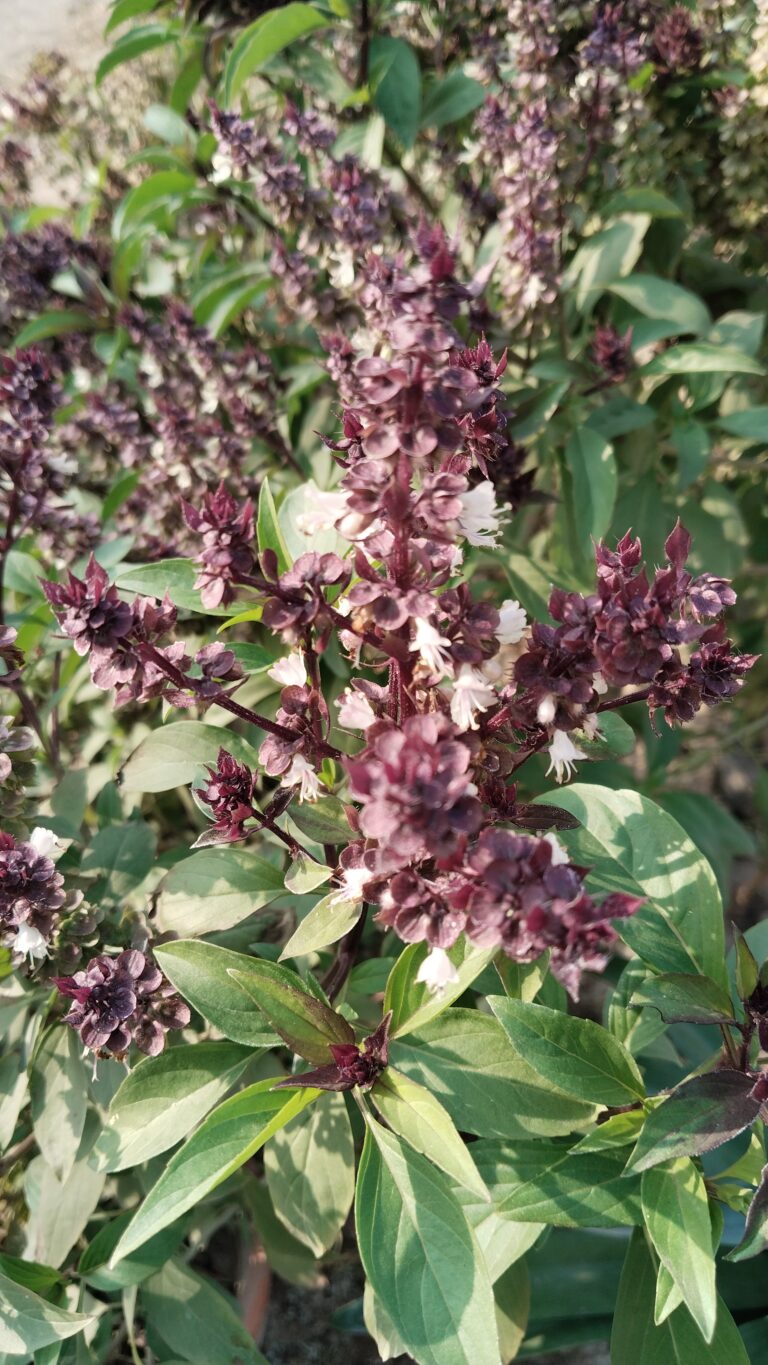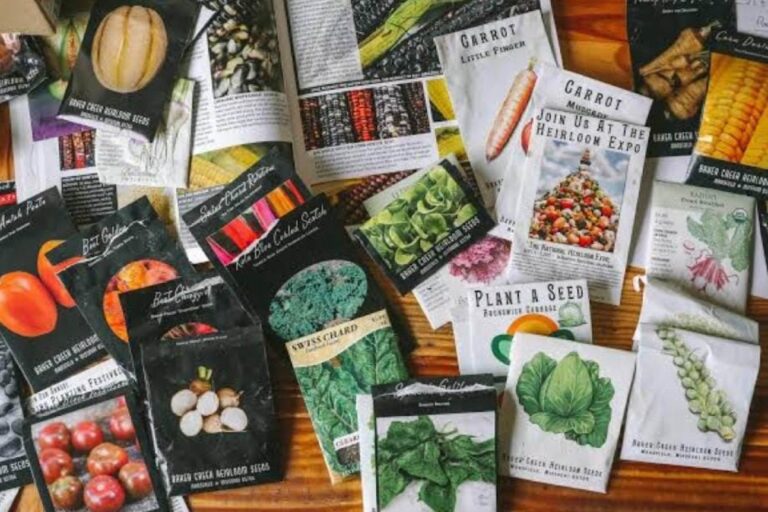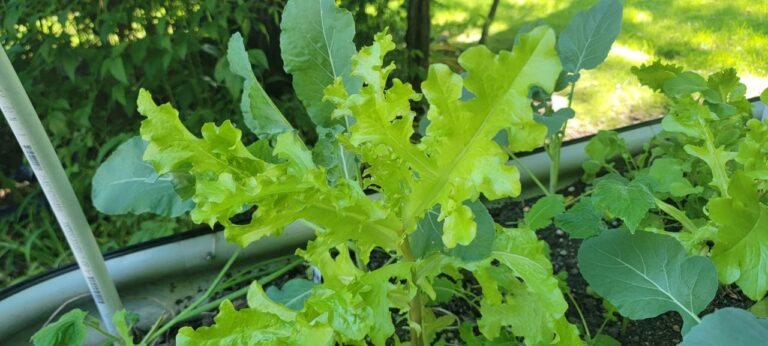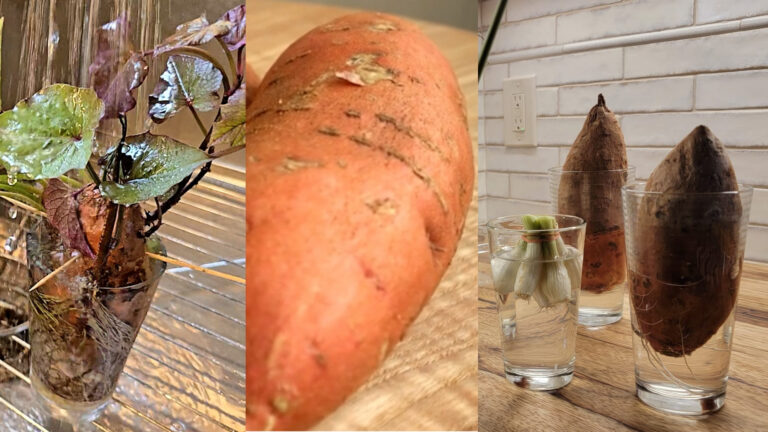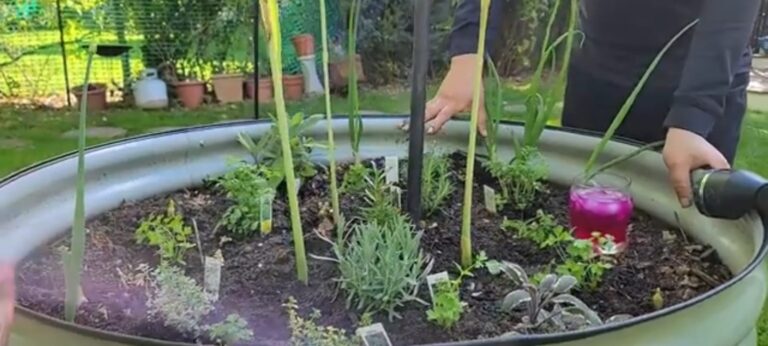Datil Pepper vs. 4 Other Extremely Hot Varieties
Introduction
Few chili peppers have both cultural appeal and scientific interest, like the Datil pepper (Capsicum chinense). For almost two centuries, this bright, delicious, and fiery golden-orange gem has served as a culinary symbol of St. Augustine, Florida. Aside from its local popularity, the Datil pepper’s chemistry, horticulture, and nutritional profile make it an intriguing topic for scientists, gardeners, and spice enthusiasts alike.
This blog delves into the botany, history, genetics, cultivation, and health advantages of Datil peppers, demonstrating why this small fruit is so valuable in both cuisine and research.
A Botanical Jewel in the Capsicum Family
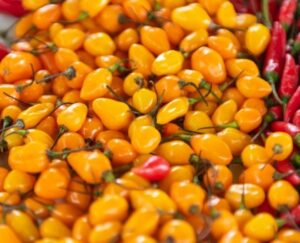
The Datil pepper is a member of the Capsicum chinense species, which also includes the popular Habanero, Scotch Bonnet, and Bhut Jolokia (Ghost Pepper). Despite its similar lineage, the Datil has a distinct flavor profile that combines powerful fire with honeyed sweetness.
Botanically, the plant is a perennial shrub in warm climes and an annual in temperate ones. It can grow up to 3 feet tall, with glossy green leaves and delicate white to greenish-yellow flowers. The fruit is normally 3 to 4 centimeters in length and ripens from green to a sparkling golden-orange color.
Datil peppers have a Scoville Heat Unit (SHU) rating of 100,000 to 300,000, which is comparable to a Habanero but generally described as having a smoother, more flowery heat experience. This is due to the unique ratio of capsaicinoids, particularly capsaicin and dihydrocapsaicin, which interact with pain receptors in the human mouth, resulting in a scorching but addicting burn.
An Enigmatic Origin Story of Florida’s Golden Flame
While the Datil pepper is revered as Florida’s native heat, its exact origins are shrouded in historical obscurity. According to several versions, Menorcan settlers, descendants of Spanish colonists who traveled from the Mediterranean, introduced the pepper to St. Augustine in the 18th or 19th centuries. Others hypothesize on a Caribbean connection, suggesting that the pepper was transported from Cuba or the Bahamas by traders and sailors.
What is certain is that St. Augustine became the Datil capital, and the pepper thrived on the region’s sandy soils and humid coastal climate. Over generations, local farmers stored seeds selectively, resulting in the development of a distinct landrace that is genetically unique to Northeast Florida.
Today, the Datil pepper is geographically bonded to the region in the same way that Champagne is to France or Scotch is to Scotland, granting it practically heritage crop status.
Genetic Signature and Heat Chemistry
From a scientific aspect, the Datil’s fascination grows with its genetic composition. DNA barcoding and capsaicinoid profiling investigations have revealed that Datil peppers have a different chemotype when compared to other Capsicum chinense cultivars.
The Pun1 gene, as well as many enzyme-coding genes, govern the manufacture of capsaicinoids in Datil peppers. These enzymes catalyze the production of capsaicin by connecting vanillylamine and fatty acid chains, which gives the pepper its distinct pungency.
Datil peppers, on the other hand, produce significantly lesser quantities of homocapsaicin than Habaneros, resulting in a sharper peak but a shorter duration of heat. Chemical research also reveals high quantities of sugars, esters, and carotenoids, which contribute to the fruity scent and vibrant orange coloration.
Carotenoids such as capsanthin, zeaxanthin, and β-carotene contribute to the color and antioxidant capacity of Datil, indicating its nutritional significance.
Cultivation and Growing Conditions
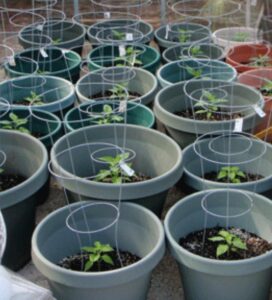
Datil peppers flourish in warm, humid climates with well-drained sandy loam soils, which mimic Florida’s coastal landscape. To prevent root rot, they require full sunlight, moderate nitrogen levels, and regular watering.
Propagation usually starts indoors 8-10 weeks before the last frost. Seeds germinate slowly, lasting approximately 14-21 days at a constant temperature of 78-86°F (26-30°C). Once seedlings have developed strong roots and true leaves, they are transplanted into outdoor beds or containers with a minimum spacing of 18 inches.
Its plants are highly pest-resistant; however, they can be impacted by aphids, thrips, and spider mites. Natural pest management methods, like as introducing ladybugs or spraying neem oil, are frequently preferred by organic growers in St. Johns County who prioritize environmental sustainability.
Peppers are normally harvested 90 to 100 days after transplantation, when they have turned golden. Each plant produces 50-100 fruits per season, resulting in a large harvest for both small-scale growers and commercial producers.
Flavor Chemistry and Culinary Personality
What makes the Datil pepper so popular is its delicate blend of sweetness and spice. Datil peppers, unlike exclusively hot kinds, have a bright, tropical fruitiness, similar to apricot, mango, and honey with a dash of tang.
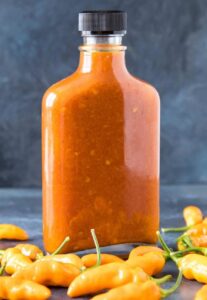
This particular flavor profile is the result of a combination of volatile organic compounds (VOCs) including esters, aldehydes, and terpenes. These aromatic compounds are generated during cooking or fermentation, which improves the pepper’s scent and depth.
Datil peppers are a diverse culinary ingredient. They are essential ingredients in St. Augustine’s famed Datil pepper sauces, relishes, and jellies, which combine sweetness and heat. The peppers also enhance fish, chicken, and barbecue dishes by adding heat without dominating the natural flavors of the food.
Many cooks incorporate Datil peppers into marinades and glazes, where the heat caramelizes the sugar, creating a smoky-sweet contrast. The “Minorcan Datil Pepper Sauce” is a regional specialty, consisting of peppers, tomatoes, onions, and vinegar cooked to perfection.
Nutritional and Medicinal Value
Datil peppers are not just a culinary delight; they are also a powerhouse of nutrition, making them a true superfood. Rich in essential vitamins, including A, C, and several B vitamins, these peppers make a significant contribution to overall health. They are packed with antioxidants, which help combat oxidative stress in the body, and contain a variety of phytochemicals that may provide numerous health benefits. Additionally, Datil peppers have a unique flavor profile that can enhance various dishes while offering a robust array of nutrients that support immune function, heart health, and overall well-being.
A 100-gram serving provides:
- Vitamin C: When consumed in amounts exceeding 140 mg, which is more than twice the daily recommended intake, this nutrient plays a crucial role in bolstering immune function and promoting collagen synthesis. Adequate levels of this nutrient are essential for maintaining a robust immune system, helping the body fend off infections and diseases. Additionally, it supports the production of collagen, a vital protein that contributes to the health and elasticity of skin, cartilage, and connective tissues throughout the body.
- Vitamin A (β-carotene): Improves visual acuity and promotes healthy skin by providing essential nutrients that support eye function and enhance skin vitality.
- Vitamin B6: Facilitates the processes of metabolic regulation and supports the synthesis of neurotransmitters, which are essential for proper communication between nerve cells in the brain and throughout the nervous system.
- Capsaicin: This enhances thermogenesis, which is the body’s natural process of heat production. Additionally, it offers effective pain relief by targeting inflammation and discomfort throughout the body. Moreover, it contributes to cardiovascular protection by supporting heart health and improving circulation, thereby reducing the risk of heart-related issues.
- Polyphenols and flavonoids: Demonstrate strong anti-inflammatory properties that help reduce swelling and irritation in the body, as well as exhibit significant antioxidant effects, which protect cells from damage caused by free radicals and oxidative stress.
1. Metabolic and Cardiovascular Benefits
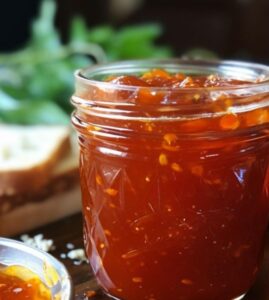
Capsaicin, the star chemical in Datil peppers, has been widely explored for its metabolic-enhancing properties. It boosts energy expenditure by activating TRPV1 receptors, which promote fat oxidation and calorie burn.
Furthermore, Nutrients (2019) found that regular consumption of capsaicin-rich foods reduces LDL cholesterol, improves insulin sensitivity, and promotes vascular health via increasing nitric oxide release.
2. Analgesic and Anti-Inflammatory Effects
Capsaicin is also used in topical lotions to treat arthritis and neuropathic pain. It delivers long-term pain relief by momentarily desensitizing nerve endings while avoiding systemic negative effects.
Scientific trials published in Pain Research and Management reveal that persistent capsaicin administration can lessen chronic joint pain by up to 40%.
3. Antimicrobial and Antioxidant Action
As we have mentioned earlier, Capsicum extracts have demonstrated considerable antibacterial action against E. coli, Salmonella, and Staphylococcus aureus. These peppers’ high phenolic and carotenoid content improves cellular protection from oxidative stress, hence mitigating the effects of aging and chronic diseases.
4. Mood and Endorphin Stimulation
Scientists have corroborated the “pepper high” that spice fans sometimes describe. When capsaicin binds to TRPV1 receptors, the body responds by producing endorphins and dopamine, two natural compounds that enhance well-being and relieve stress. This explains why Datil pepper enthusiasts frequently describe the experience as not only delicious but also euphoric.
Sustainability and Local Economy
Datil peppers have become an emblem of local agriculture in St. Augustine, encouraging small-scale, environmentally friendly cultivation. Many growers employ organic compost, rainwater gathering, and crop rotation to keep soil healthy.
The Datil Pepper Festival, held each October, commemorates this agricultural tradition. It brings together farmers, chefs, scientists, and tourists to showcase creative Datil-based recipes, sauces, and preserves.
Locally manufactured Datil goods retain cultural identity while also stimulating the regional economy by supporting family farms and artisanal businesses. The production of peppers promotes agrobiodiversity and seed sovereignty, preserving them from genetic loss in a global seed market.
Scientific Research and Future Potential
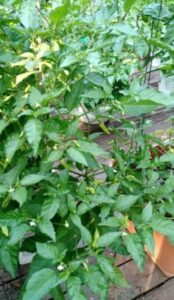
Recent studies have looked into the nutraceutical potential of Datil peppers. Ongoing research at the University of Florida’s Horticultural Sciences Department is cataloging the pepper’s genetic diversity to preserve its distinct genome while increasing disease resistance and yield.
Furthermore, biochemists are looking into how Datil capsaicinoids differ from Habanero substances in terms of absorption and receptor interaction. Early research suggests that Datil peppers may have a higher sensory threshold, making them excellent for functional meals and natural flavoring agents.
There is considerable interest in Datil pepper extracts for therapeutic uses. Capsaicin derivatives have showed promise in cancer research, particularly their capacity to trigger apoptosis in tumor cells while sparing healthy tissue. Though more clinical trials are needed, the findings highlight the medicinal benefits of this spicy fruit.
Datil Pepper vs. Other Hot Varieties
| Pepper Variety | Heat Level (SHU) | Flavor Profile | Origin |
|---|
| Datil | 100,000–300,000 | Sweet, fruity, tangy | Florida, USA |
| Habanero | 150,000–350,000 | Citrusy, floral | Yucatán, Mexico |
| Scotch Bonnet | 100,000–350,000 | Fruity, tropical | Caribbean |
| Bhut Jolokia | 800,000–1,000,000 | Smoky, sharp | India |
| Jalapeño | 2,500–8,000 | Mild, grassy | Mexico |
The Datil’s allure stems from its excellent balance—it delivers strong heat without the aggression of super-hot peppers, while keeping a delightful, natural sweetness. It’s an inviting option for both spice lovers and hesitant beginners.
Growing Datil Peppers at Home
Cultivating Datil peppers at home can be a wonderful experience. Their modest size and artistic charm make them ideal for containers or raised beds.
Here are some scientific recommendations for good development:
- The soil PH level: For optimal nutrient uptake by plants, the soil pH levels must be maintained between 6.0 and 6.8. This range is ideal as it enhances the availability of key nutrients, such as nitrogen, phosphorus, and potassium, which are crucial for healthy plant growth. When the pH is too low (below 6.0), nutrients can become overly acidic, making them less accessible to plants. Conversely, when the pH is too high (above 6.8), certain nutrients may become locked in the soil, leading to deficiencies that can hinder plant development. Therefore, regularly monitoring and adjusting soil pH within this recommended range is vital for effective gardening and agriculture practices.
- Fertilization: To promote healthy growth and fruit development, it is advisable to apply a balanced organic fertilizer with an N-P-K ratio of 5-5-5. Begin this application process every two weeks once the fruit has set on the plants. This ensures that your plants receive a steady supply of essential nutrients—nitrogen, phosphorus, and potassium—supporting vigorous growth and enhancing fruit quality. Be sure to follow the manufacturer’s instructions regarding the appropriate amount to use for your specific plants, and consider watering them after fertilization to help the nutrients absorb effectively into the soil.
- Watering: It’s important to maintain appropriate moisture levels in the soil for optimal growth. Aim to keep the soil consistently moist, but avoid making it waterlogged. Excessive watering can lead to a decline in capsaicin production, the compound responsible for the heat in peppers. To achieve the right balance, consider checking the soil moisture regularly; allowing the top inch of soil to dry out before watering again can help ensure healthy plants and maximize their flavor profile.
- Light Exposure: To enhance both the pigment and flavor of your plants, it is essential to provide them with 6 to 8 hours of direct sunlight each day. Sufficient sunlight not only promotes healthy growth but also aids in the development of vibrant colors and rich flavors. Consider positioning your plants in a location that receives uninterrupted sunlight during the best hours of the day, typically from mid-morning to late afternoon, to ensure they thrive and reach their full potential.
- Pollination: To promote a healthy garden ecosystem, it’s important to encourage the presence of bees and hoverflies. These remarkable insects are natural pollinators that play a crucial role in the fertilization of flowering plants. By attracting them, you can significantly enhance the fruit set in your garden. To support these pollinators, consider planting a variety of nectar-rich flowers that bloom at different times throughout the growing season. Additionally, providing suitable habitats, such as undisturbed patches of soil and small water sources, can help sustain their populations. Creating a welcoming environment for bees and hoverflies not only boosts your garden’s productivity but also contributes to the overall health of the ecosystem.
With proper care, even little gardens can yield a bountiful harvest, and conserving seeds protects the genetic continuity of this unique treasure.
Cultural Heritage and Modern Revival
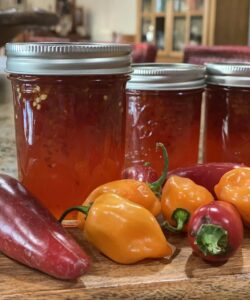
Datil peppers have transformed from a local curiosity to a cultural symbol. In 2013, efforts were launched to gain geographical indicator (GI) status for the “St. Augustine Datil Pepper,” emphasizing its historical and agricultural significance.
Local schools and community gardens have included this pepper’s cultivation into educational programs that teach about sustainable farming and regional biodiversity. The pepper’s continued popularity among residents indicates a strong feeling of place-based identity, combining taste, history, and environment in a single fiery symbol.
Conclusion
The Datil pepper is more than just a spice; it’s a scientific marvel, cultural treasure, and nutrient powerhouse. This pepper’s unusual voyage to Florida’s coasts, as well as its complex chemistry of capsaicinoids and antioxidants, tells a story of perseverance and adaptability.
Its balanced heat, enticing sweetness, and health-promoting characteristics make it a standout among chilies, demonstrating how nature and human care can form a perfect plant. Whether you eat it in a golden glaze, grow it in your backyard, or research it in a lab, the Datil pepper piques your interest and pride.
So, the next time you encounter a Datil pepper, realize that you’re tasting more than simply heat. You are relishing history, science, and heritage all in one little golden flame.


